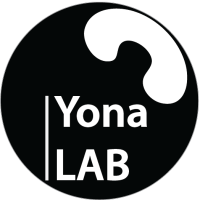Citation:
Date Published:
JulAbstract:
The role of the glucocorticoid-regulated protein annexin 1 during the process of phagocytosis has been studied using annexin 1 null peritoneal macrophages. Wild type and annexin 1 null macrophages were incubated with several distinct phagocytic targets. No differences were observed in rate or the maximal response with respect to IgG complexes or opsonised zymosan phagocytosis, as assessed by monitoring the production of reactive oxygen species. When annexin 1 null macrophages were incubated with non-opsonised zymosan particles, they exhibited impaired generation of reactive oxygen species, which was linked to a defect in binding of cells to the particles, as determined with fluorescent zymosan. This phenomenon was further confirmed by electron microscopy analysis, where annexin 1 null macrophages internalised fewer non-opsonised zymosan particles. Specific alterations in macrophage plasma membrane markers were observed in the annexin 1 null cells. Whereas no differences in dectin-1 and FcgammaR II/III expression were measured between the two genotypes, decreased membrane CD11b and F4/80 levels were measured selectively in macrophages lacking annexin 1. These cells also responded with an enhanced release of PGE(2) and COX-2 protein expression following addition of the soluble stimulants, LPS and heat-activated IgG. In conclusion, these results suggest that participation of endogenous annexin 1 during zymosan phagocytosis is critical and that this protein plays a tonic inhibitory role during macrophage activation.
Notes:
Yona, SimonBuckingham, Julia CPerretti, MauroFlower, Roderick JengResearch Support, Non-U.S. Gov'tEnglandBr J Pharmacol. 2004 Jul;142(5):890-8. doi: 10.1038/sj.bjp.0705858. Epub 2004 Jun 14.


